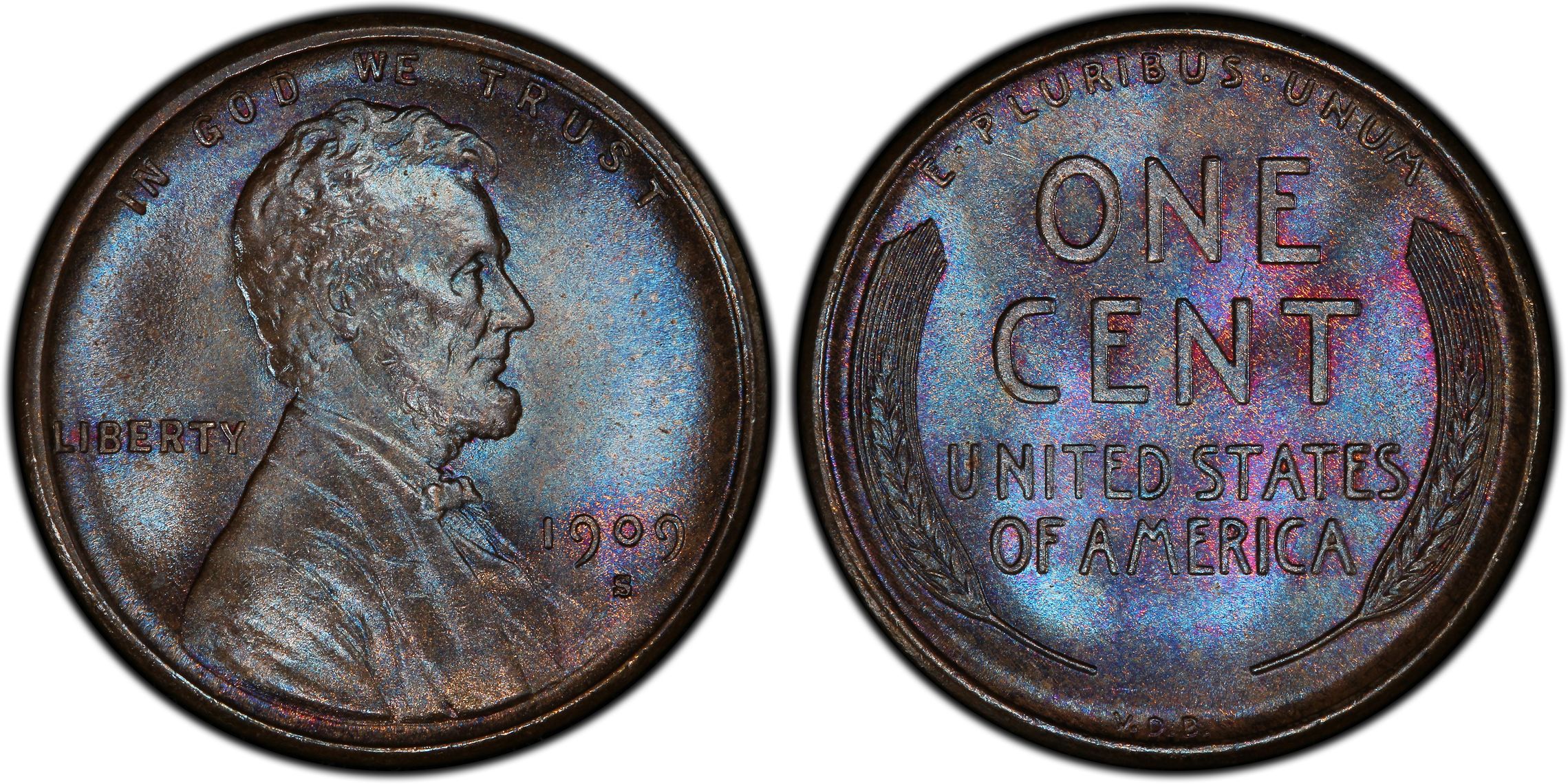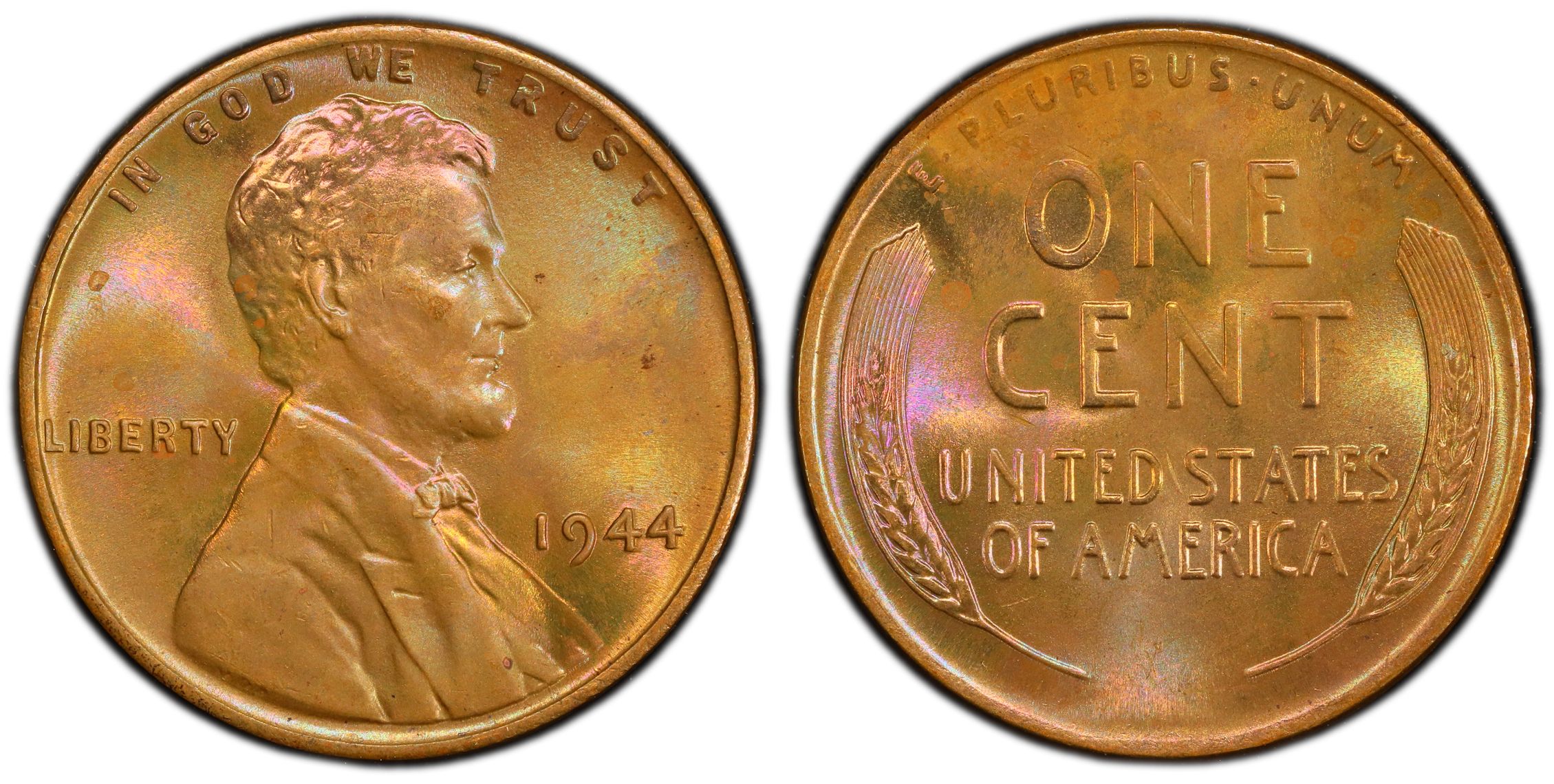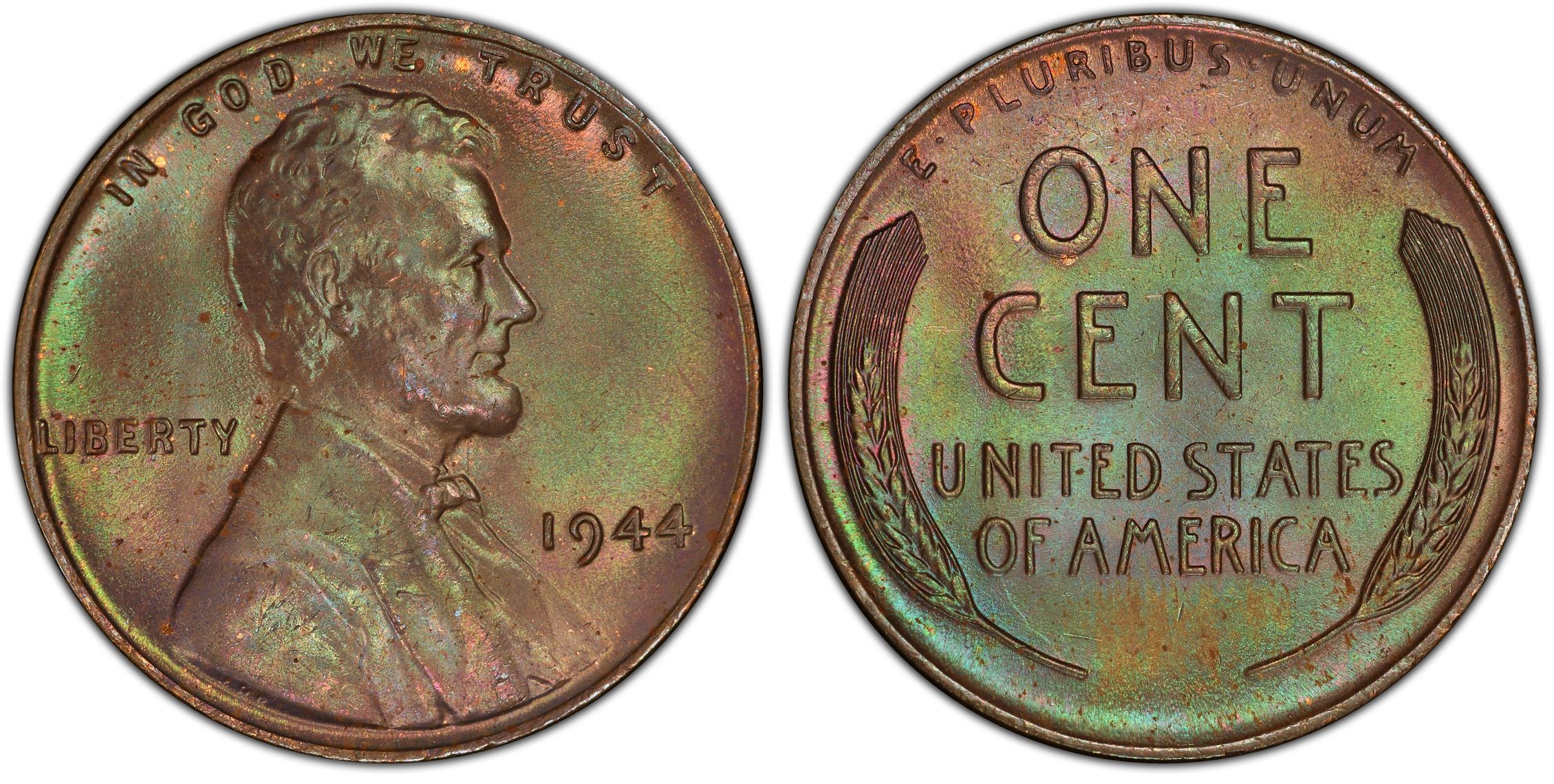Introduction to Rare Pennies
The world of rare pennies represents one of the most fascinating and lucrative areas of numismatics. From the earliest federal copper cents struck in 1793 to modern mint errors worth hundreds of thousands of dollars, rare pennies tell the story of American history through coinage. Whether you're searching for the legendary 1793 Chain Cent valued at $2.35 million, the famous 1943 bronze error pennies, or doubled die varieties that command six-figure prices, understanding which rare pennies are truly valuable can transform your collection or help you discover unexpected treasures in inherited coins.

Complete Catalog: 100 Most Valuable Rare Pennies
This comprehensive catalog presents the 100 most valuable rare pennies ever sold at auction, spanning from early American coppers through modern error coins. These prices represent actual auction results for coins in top condition and showcase the incredible value that rare pennies can achieve.
| Rank | Name | Price |
|---|
🔍 Discover Your Rare Pennies Today!
Do you have rare pennies hiding in your collection? Don't let valuable coins go unnoticed! Download CoinValueChecker to instantly identify rare pennies, authenticate varieties, and get real-time valuations. Our advanced AI technology recognizes everything from colonial coppers to modern errors. Simply photograph your penny and discover if you're holding a piece of numismatic history worth thousands!

The Historical Journey of American Rare Pennies
Early Federal Coppers: Large Cents (1793-1857)
America's first cents were large copper coins nearly the size of half dollars. The 1793 Chain and Liberty Cap cents represent the birth of federal coinage, with specimens commanding millions today. Draped Bust (1796-1807) and Classic Head (1808-1814) designs followed, each era producing rare pennies with distinct characteristics. The Coronet Head series (1816-1857) concluded the large cent era with lower mintages creating exceptional rarities among rare pennies.
Flying Eagle Cents (1856-1858)
The transition to small cents began with the Flying Eagle design, featuring a majestic eagle in flight. The 1856 pattern issue, struck for presentation purposes, is among the most coveted rare pennies with fewer than 2,000 examples known. The brief two-year production run and stunning design make all Flying Eagle cents desirable, with the 1856 commanding over $300,000 as legendary rare pennies.
Indian Head Cents (1859-1909)
Indian Head cents introduced Liberty wearing a Native American headdress, becoming instantly iconic. The series produced numerous rare pennies including the famous 1877 (lowest mintage), 1909-S, and proof specimens from the 1860s-1870s. Carson City issues from 1876-1877 represent the ultimate rare pennies from this era, with the 1876-CC reaching $870,000 at auction for its extreme scarcity.
Early Lincoln Wheat Cents (1909-1933)
Lincoln's centennial brought the first presidential portrait on circulating coinage. The 1909-S VDB became instantly collectible, while low-mintage dates like 1914-D, 1926-S, and numerous San Francisco issues created a treasure trove of rare pennies. This golden age of penny collecting saw meticulous production and pristine survivors commanding premium prices as highly sought rare pennies among serious numismatists.
Depression & War Era Wheat Cents (1934-1958)
The Great Depression and World War II created unique rare pennies. The 1943 steel cents, intended to conserve copper for ammunition, inadvertently produced bronze error rarities worth up to $840,000. Similarly, 1944 steel cents from leftover planchets are legendary rare pennies. Doubled die varieties from 1955 and 1958 complete this era's contribution to valuable rare pennies.
Lincoln Memorial Cents (1959-2008)
The Memorial reverse replaced wheat stalks, marking a modern era. While most are common, certain proof issues—especially early Deep Cameo specimens from 1950-1957—are significant rare pennies. The 1969-S doubled die obverse, showing dramatic doubling on the date and legends, achieved $126,500, proving that modern rare pennies can rival vintage rarities in value and collector demand.
Modern Lincoln Cents (2009-Present)
The 2009 Bicentennial featured four commemorative reverses honoring Lincoln's life, while 2010 introduced the Union Shield design. Though recent, early proof specimens, significant mint errors, and transitional varieties may emerge as tomorrow's rare pennies. The 1999 Wide AM variety already commands premium prices, suggesting modern errors will join the pantheon of valuable rare pennies.

Frequently Asked Questions About Rare Pennies
Summary: The Legacy of Rare Pennies
The world of rare pennies encompasses over two centuries of American numismatic history, from the first federal coppers of 1793 through modern mint errors that continue to captivate collectors. The most valuable rare pennies include colonial-era large cents commanding millions of dollars, legendary error coins like the 1943 bronze and 1944 steel varieties, dramatic doubled die specimens showing bold manufacturing mistakes, and low-mintage issues from every era of American coinage. Whether you're drawn to the historical significance of 18th-century rare pennies, the artistry of Indian Head cents, the iconic appeal of early Lincoln wheat cents, or the excitement of discovering modern errors, the pursuit of rare pennies offers endless opportunities for discovery, investment, and connection to America's monetary heritage through these miniature works of historical art.